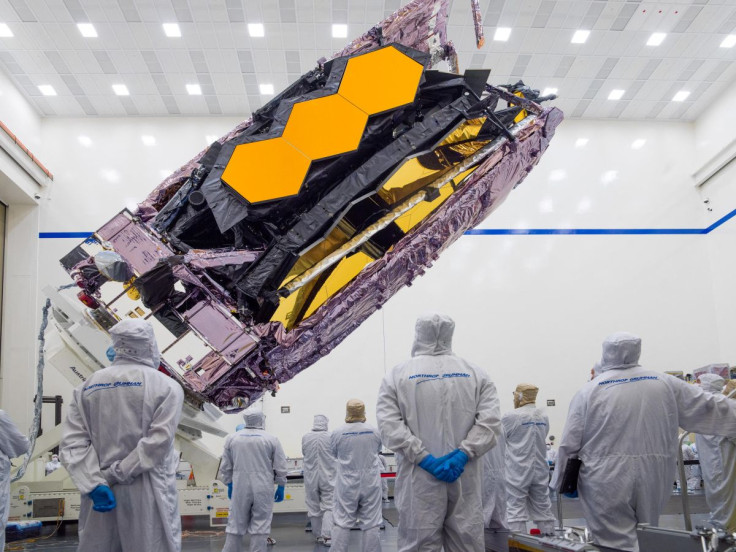Webb Space Telescope Ready For White House Closeup

U.S. President Joe Biden, breaking from political pressures to bask in the glow of the cosmos, was expected on Monday to release the first full-color image being made public by NASA from the James Webb Space Telescope.
The White House sneak peek of the yet-to-be specified image comes on the eve of a larger unveiling of photos and spectrographic data that NASA plans to showcase on Tuesday at the Goddard Space Flight Center in suburban Maryland.
The $9 billion Webb observatory, the largest and most powerful space science telescope ever launched, was designed to peer through the cosmos to the dawn of the known universe, ushering in a revolutionary era of astronomical discovery.
On Friday, the space agency posted a list of five celestial subjects chosen for its showcase debut of Webb. One of those is to be previewed by Biden, along with NASA chief Bill Nelson, at 5 p.m. EDT from the Old Executive Office Building of the White House complex.
Webb was constructed under contract by aerospace giant Northrop Grumman Corp. It was launched to space for NASA and its European and Canadian counterparts on Christmas Day 2021 from French Guiana, on the northeastern coast of South America.
The highly anticipated release of its first imagery follows a six-month process of remotely unfurling Webb's various components, aligning its mirrors and calibrating instruments.
With Webb now finely tuned and fully focused, scientists will embark on a competitively selected list of missions exploring the evolution of galaxies, the life cycles of stars, the atmospheres of distant exoplanets and the moons of our outer solar system.
Built to view its subjects chiefly in the infrared spectrum, Webb is about 100 times more sensitive than its 30-year-old predecessor, the Hubble Space Telescope, which operates mainly at optical and ultraviolet wavelengths.
The much larger light-collecting surface of Webb's primary mirror - an array of 18 hexagonal segments of gold-coated beryllium metal - enables it to observe objects at greater distances, thus further back in time, than Hubble or any other telescope.
All five of Webb's introductory targets were previously known to scientists. Among them are two enormous clouds of gas and dust blasted into space by stellar explosions to form incubators for new stars - the Carina Nebula and the Southern Ring Nebula, each thousands of light years away from Earth.
The collection also includes two very different sets of galaxy clusters. One of those, Stephan's Quintet, was first identified in 1877 and encompasses several galaxies described by NASA as "locked in a cosmic dance of repeated close encounters."
The other is a much more recent discovery dubbed SMACS 0723, featuring objects in the foreground so massive that they act as "gravitational lenses," a visual distortion of space that greatly magnifies the light coming from behind them to expose even fainter objects farther away and further back in time. How far back and what showed up on camera remains to be seen.
NASA will also present Webb's first spectrographic analysis of an exoplanet - one roughly half the mass of Jupiter that lies more than 1,100 light years away - revealing the molecular signatures of filtered light passing through its atmosphere.
© Copyright Thomson Reuters 2024. All rights reserved.











